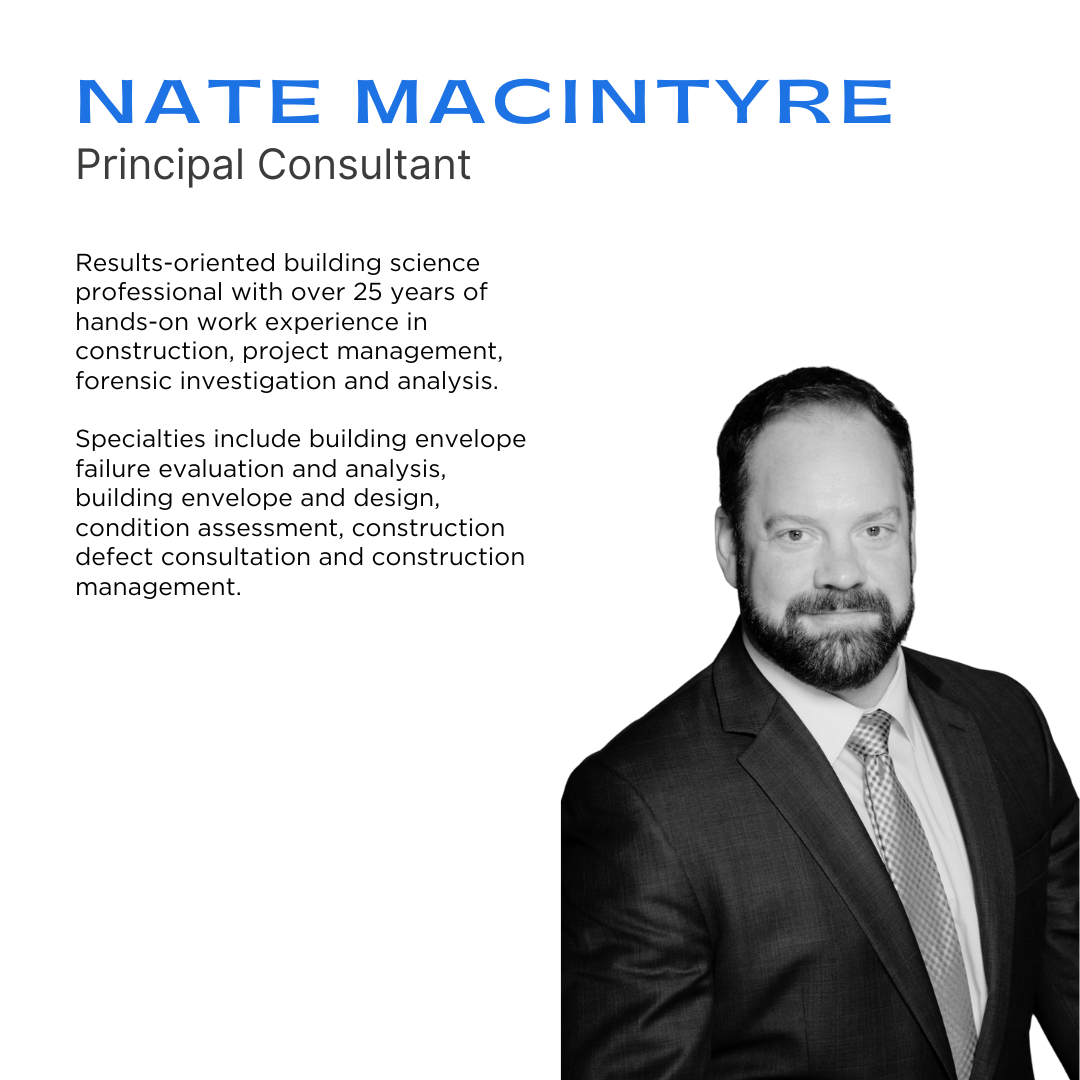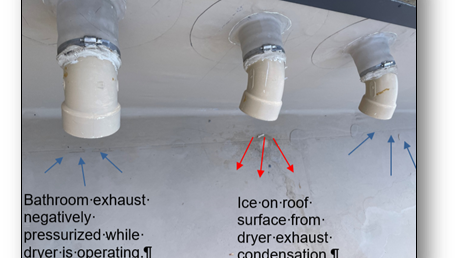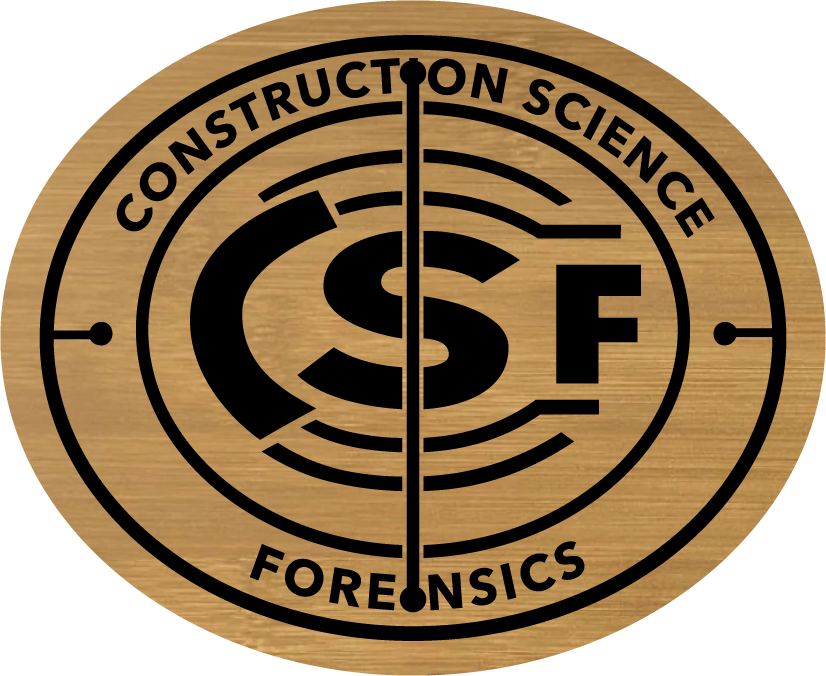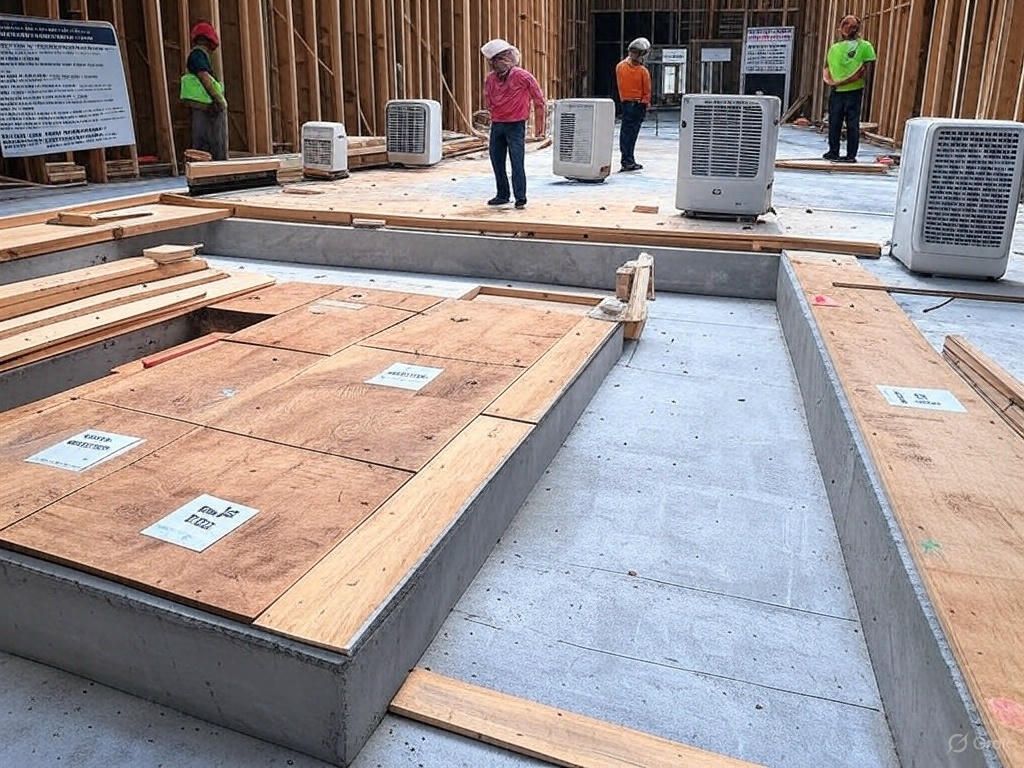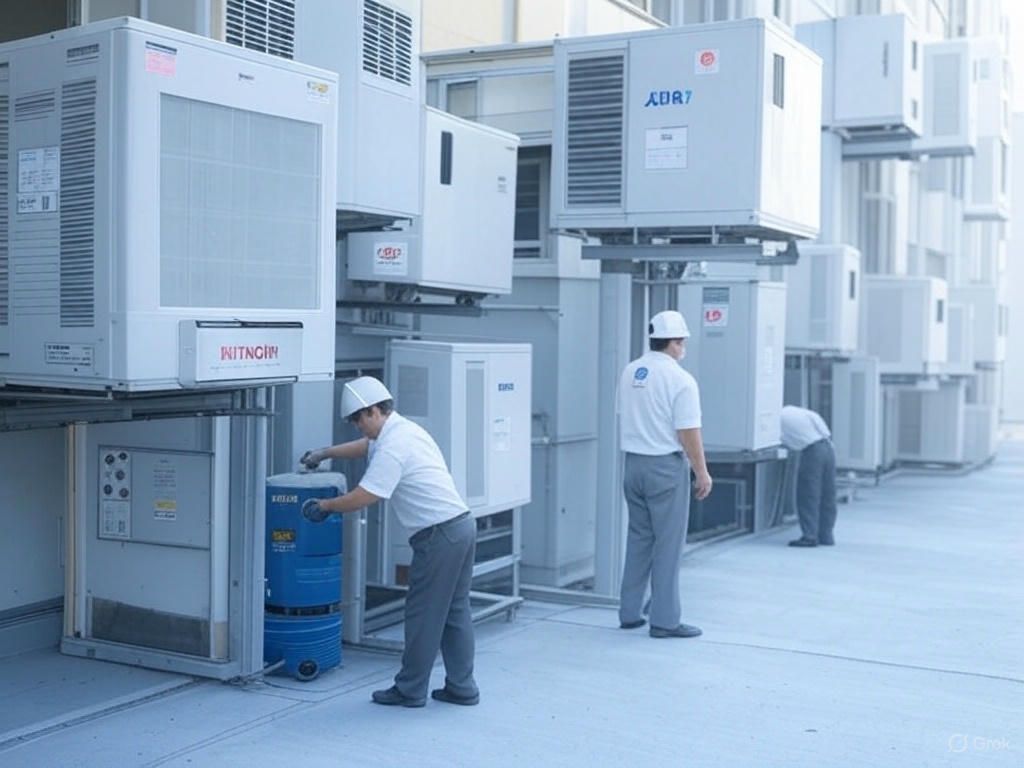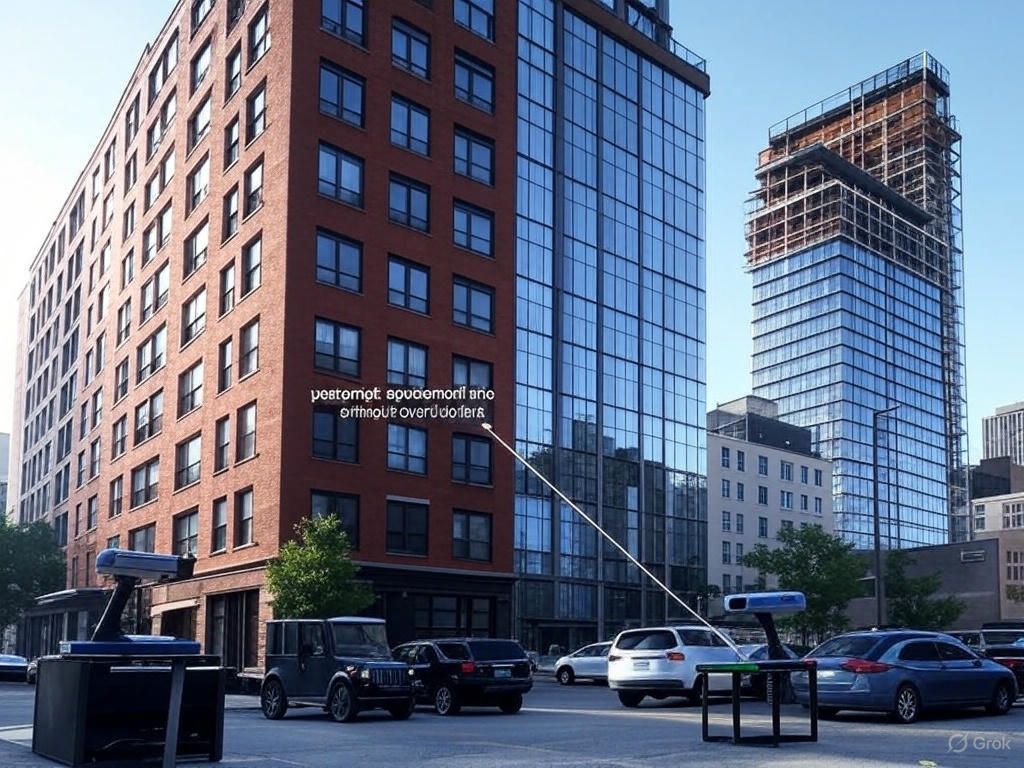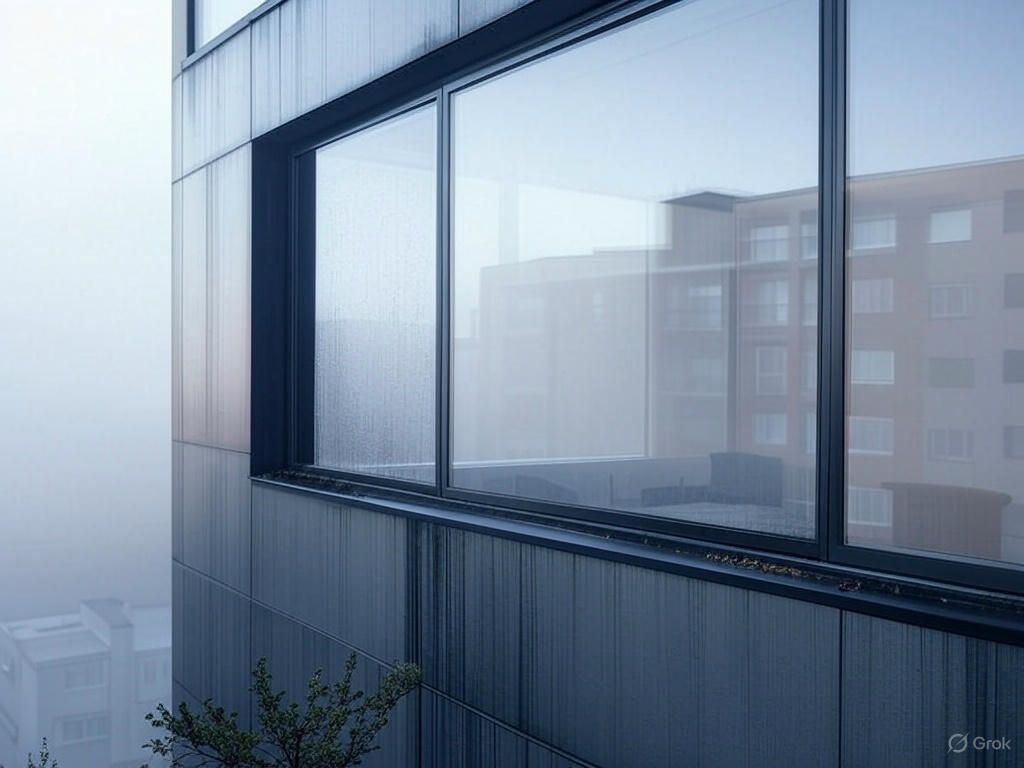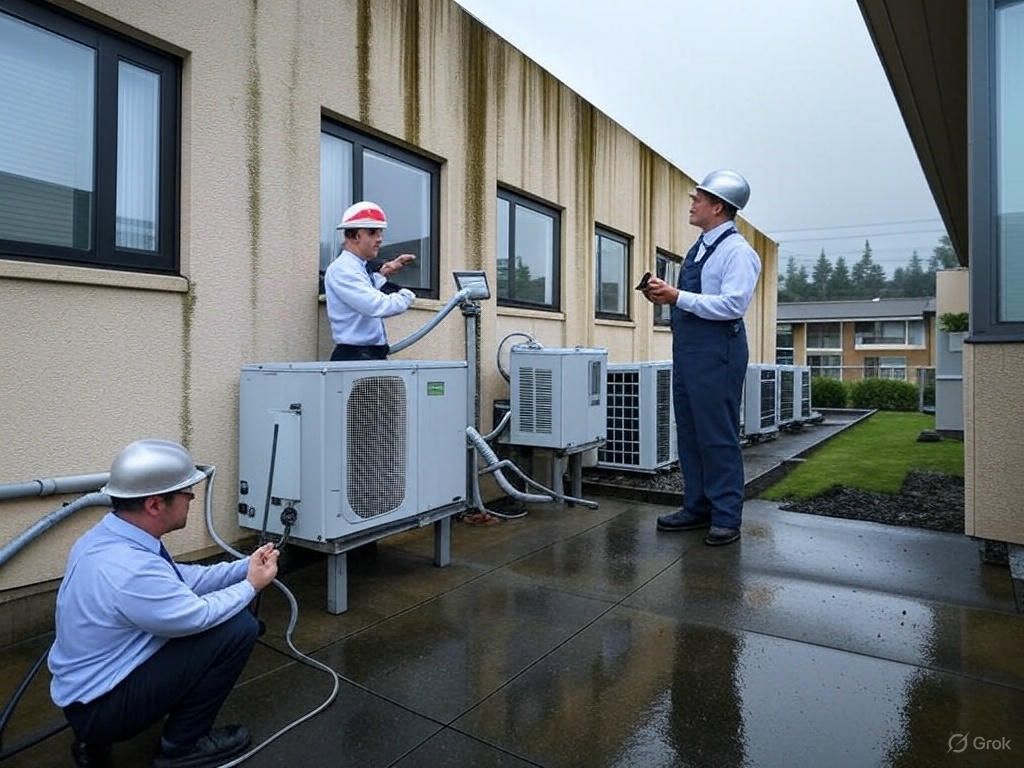Nate • 11 May 2025
Compare general contractors vs. specialty contractors and learn the role of construction forensic experts in defect disputes. Essential insights for building owners and insurance professionals.

For building owners and insurance professionals navigating construction projects or defect disputes, understanding the roles of general contractors and specialty contractors is critical. Each brings unique strengths and challenges to a project, impacting quality, cost, and litigation outcomes. Additionally, construction forensic experts play a pivotal role in resolving disputes and analyzing defects. This article provides a comparative analysis of general contractors versus specialty contractors and highlights the importance of forensic experts in ensuring project success and managing risks.
General Contractors vs. Specialty Contractors: Key Differences
Construction projects rely on a mix of professionals, with general contractors and specialty contractors serving distinct functions. Here’s a breakdown tailored to building owners and insurance professionals.
General Contractors: The Big-Picture Managers (Conductor of the Orchestra)
General contractors (GCs) oversee the entire construction project, acting as the primary point of contact for building owners. Their responsibilities include:
- Project Coordination: Managing schedules, budgets, and subcontractors.
- Hiring Subcontractors: Engaging specialty contractors for specific tasks (e.g., plumbing, electrical).
- Compliance: Ensuring adherence to building codes, permits, and safety regulations.
- Risk Management: Addressing delays, cost overruns, or quality issues.
Strengths:
- Holistic oversight ensures cohesive project execution.
- Single point of accountability simplifies communication for building owners.
- Broad knowledge of construction processes and regulations.
Challenges:
- May lack deep expertise in specialized tasks, relying on subcontractors.
- Potential for miscommunication between GCs and subcontractors, leading to defects.
- Higher management fees due to their comprehensive role.
Cost Implications: GCs typically charge 10–20% of the project cost for management, with total project costs varying based on scope.
Specialty Contractors: The Technical Experts
Specialty contractors focus on specific trades, such as HVAC, roofing, or masonry. They are hired by GCs or directly by building owners for niche tasks requiring expertise.
Responsibilities:
- Executing specialized work with precision (e.g., installing fire suppression systems).
- Providing technical input during design and construction phases.
- Ensuring compliance with trade-specific standards.
Strengths:
- Deep expertise in their field ensures high-quality work.
- Direct accountability for their scope, reducing errors in specialized tasks.
- Often more cost-effective for specific jobs when hired directly.
Challenges:
- Limited scope means they don’t manage the broader project.
- Coordination issues may arise if multiple specialty contractors work simultaneously.
- Potential for disputes over responsibility if defects occur.
Cost Implications: Specialty contractors charge based on labor and materials for their trade, typically lower than GC overhead but requiring careful budgeting for multiple trades.
Comparative Analysis: Which is Right for Your Project?
Choosing between general and specialty contractors depends on project needs, budget, and risk tolerance. Here’s a comparative guide:
Factor
General Contractors
Specialty Contractors
Scope of Work
Broad oversight of entire project
Focused on specific trade or task
Expertise
General knowledge across trades
Deep expertise in one area
Cost
Higher due to management fees
Lower but requires multiple contracts
Coordination
Manages all subcontractors and logistics
Requires external coordination
Accountability
Single point of contact for issues
Accountable only for their scope
Best For
Large, complex projects requiring oversight
Targeted tasks or smaller, specialized projects
For Building Owners: If you’re managing a multi-phase project (e.g., a commercial building), a general contractor streamlines coordination. For smaller renovations (e.g., a roofing upgrade), hiring a specialty contractor directly may save costs.
For Insurance Professionals: When assessing claims for construction defects, understanding whether a GC or specialty contractor was responsible helps pinpoint liability. GCs are often held accountable for overall quality, but specialty contractors may be liable for trade-specific errors.
The Role of Construction Forensic Experts
Construction forensic experts are critical in resolving disputes, analyzing defects, and supporting litigation or insurance claims. These professionals—often engineers, architects, Construction Professionals, or cost estimators—use scientific methods to investigate construction issues.
Key Responsibilities:
- Defect Analysis: Identifying the cause of failures (e.g., structural cracks, water intrusion) through testing and inspections.
- Expert Testimony: Providing unbiased reports or court testimony to clarify technical issues.
- Cost Estimation: Assessing repair costs for defects, aiding insurance claims or settlement negotiations.
- Liability Assessment: Determining whether defects stem from GC oversight, specialty contractor errors, or design flaws.
Why They Matter:
- For Building Owners: Forensic experts provide clarity on defect causes, helping you pursue repairs or compensation. Their reports can strengthen negotiations with contractors or insurers.
- For Insurance Professionals: Experts quantify damages and liability, enabling accurate claim payouts or denials. Their findings can also identify subrogation opportunities (e.g., recovering costs from a responsible contractor).
Average Cost: $200–$500 per hour, with total fees ranging from $5,000 to $100,000 depending on case complexity.
Case Example: A building owner discovers water leaks in a newly constructed office. A forensic expert conducts moisture testing and finds improper flashing installed by a specialty contractor. The expert’s report helps the owner recover repair costs through insurance and pursue liability against the contractor.
Best Practices for Building Owners and Insurance Professionals
To maximize value from contractors and forensic experts, consider these strategies:
- Vet Contractors Carefully:
- Check licenses, references, and insurance coverage for both GCs and specialty contractors.
- Ensure GCs have experience managing your project type; verify specialty contractors’ certifications in their trade.
- Use Robust Contracts:
- Include clear scopes of work, warranties, and dispute resolution clauses.
- Specify who is liable for defects (GC, specialty contractor, or both).
- Engage Forensic Experts Early:
- Involve experts during defect discovery to preserve evidence and reduce investigation costs.
- Use their findings to negotiate settlements before escalating to litigation.
- Leverage Insurance:
- Building owners should confirm contractors’ liability coverage to offset defect costs.
- Insurance professionals should review forensic reports to assess claim validity and coverage limits.
- Document Everything:
- Maintain records of contracts, inspections, and communications to support forensic investigations or claims.
Conclusion
For building owners and insurance professionals, understanding the roles of general contractors and specialty contractors is essential for project success and risk management. General contractors offer comprehensive oversight, while specialty contractors deliver technical precision. Construction forensic experts bridge the gap by analyzing defects, assigning liability, and supporting claims or litigation. By choosing the right contractors, leveraging expert insights, and implementing best practices, you can minimize costs and protect your interests.
Facing a construction defect or managing a complex project? Contact our team for expert guidance on contractor selection and forensic analysis tailored to your needs.
